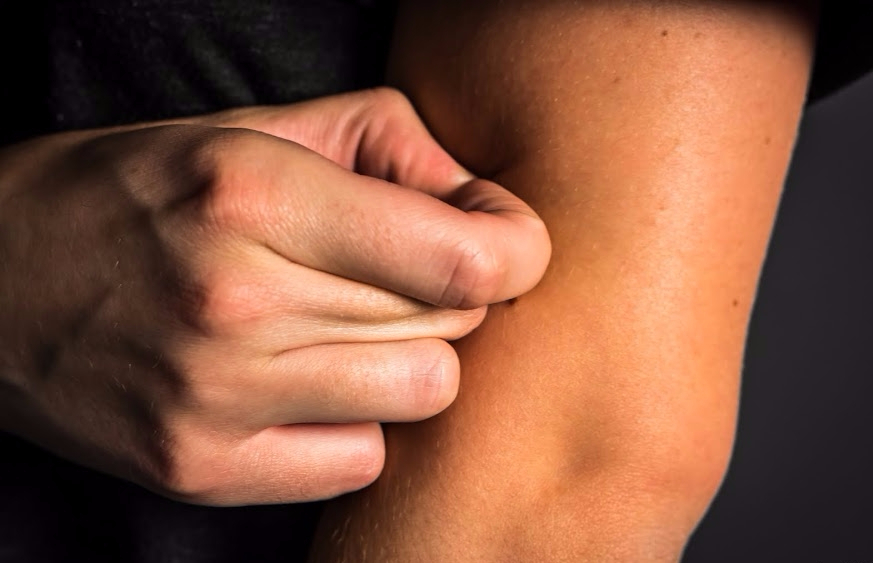Do you constantly pick at your skin? If so, you may be suffering from dermatillomania. This condition is characterized by an uncontrollable urge to pick at one’s skin. While it may seem like a harmless habit, dermatillomania can actually lead to serious health problems. In this blog post, we will discuss the symptoms, causes, and treatment of dermatillomania.
Contents
What Is Dermatillomania?
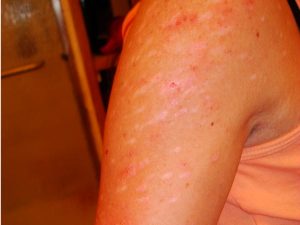 Dermatillomania is a mental disorder that causes compulsive skin picking. People with dermatillomania pick their skin to the point of injury, often leaving scars. The condition can cause significant emotional distress and interfere with daily life.
Dermatillomania is a mental disorder that causes compulsive skin picking. People with dermatillomania pick their skin to the point of injury, often leaving scars. The condition can cause significant emotional distress and interfere with daily life.
This disorder is not well understood, but it is thought to be related to anxiety or depression. It may also be a way of coping with stress or boredom.
Dermatillomania can be treated with therapy and medication. This disorder is not well understood, but it is thought to be related to anxiety or depression. It may also be a way of coping with stress or boredom. Sometimes therapy and medication are not enough. In these cases, surgery may be necessary to repair the damage caused by skin picking.
Sometimes people may consider this as a type of obsessive-compulsive disorder. OCD is a mental health condition where people have intrusive thoughts and feel the need to perform certain rituals or behaviors to relieve the anxiety caused by those thoughts.
Dermatillomania can cause a great deal of emotional distress, including shame, guilt, and embarrassment. It can also lead to problems in relationships and interfere with work or school activities.
Symptoms of Dermatillomania
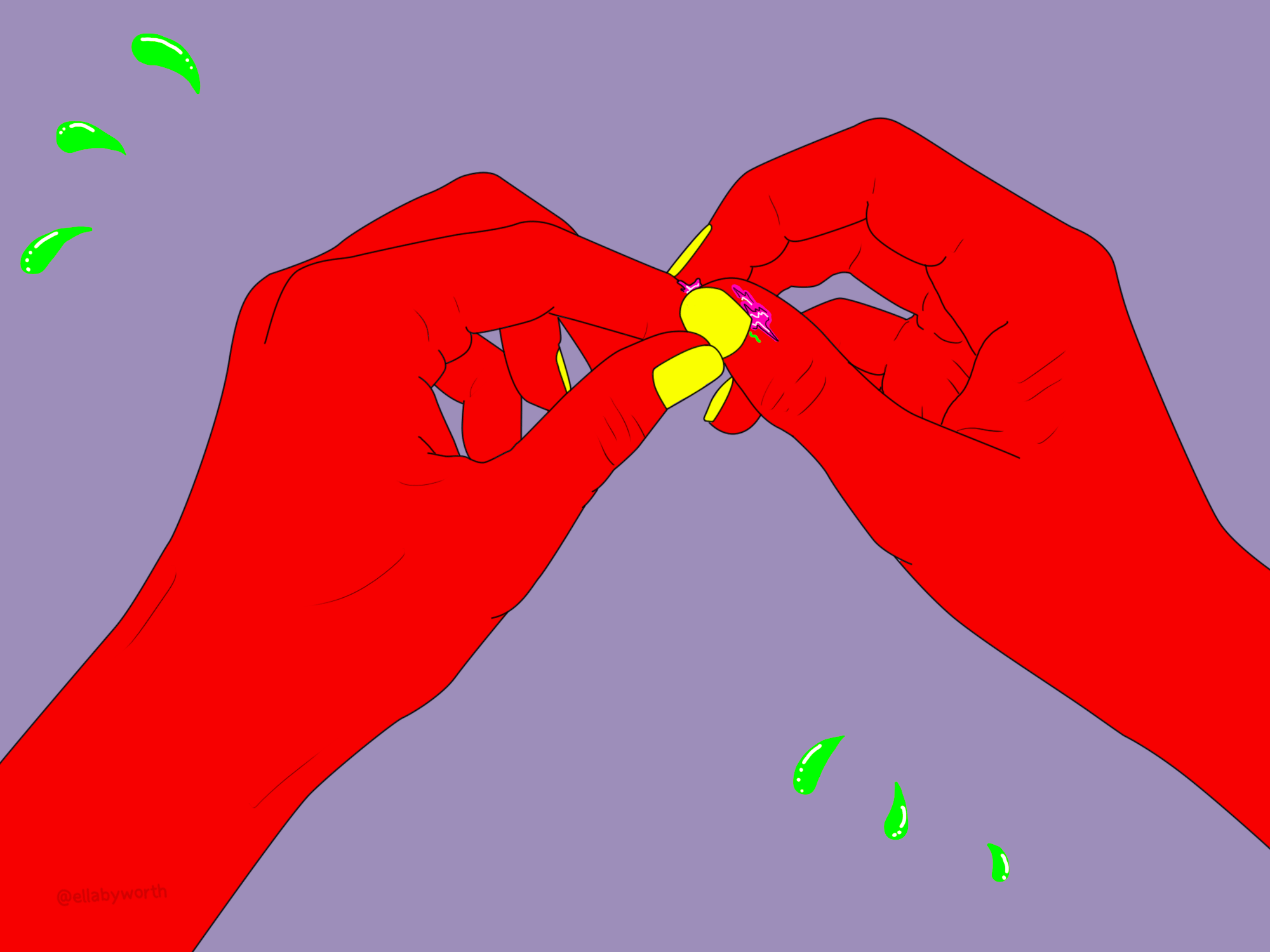
There are many symptoms of dermatillomania, but some of the most common are:
Excessive Skin Picking
This sign is usually pretty easy to spot. People with dermatillomania will pick their skin until it bleeds, becomes irritated, or forms scabs. They may also pick at healthy skin as a way to “even out” the complexion. Sometimes they will pick until they have a raw, red patch of skin.
Inability to Stop Picking
Once someone has started picking their skin, it can be very difficult to stop. They may feel the need to pick at their skin for hours or even days at a time. This behavior can interfere with daily activities and cause a great deal of stress.
Obsessive Thoughts About Skin Picking
People with dermatillomania often have obsessive thoughts about skin picking. They may worry that they’re not going to be able to control themselves or that they’ll damage their skin beyond repair. These thoughts can cause a lot of anxiety and distress.
Skin Damage
People who have dermatillomania often have scars on their arms, hands, legs, and face from picking at their skin. This also includes discoloration of the skin and blemishes. It also can lead to bald patches on the scalp. Skin also can become very dry and itchy.
Distress
Dermatillomania can cause a lot of emotional distress, including shame, guilt, and embarrassment. It can also lead to problems in relationships and interfere with work or school activities. Distress is one of the main reasons people seek treatment for this disorder.
Squeezing of Skin
This also is a common sign of dermatillomania. People with the disorder often squeeze and pick at their skin until it becomes red and inflamed. This can be very painful and lead to further skin damage.
Causes of Dermatillomania
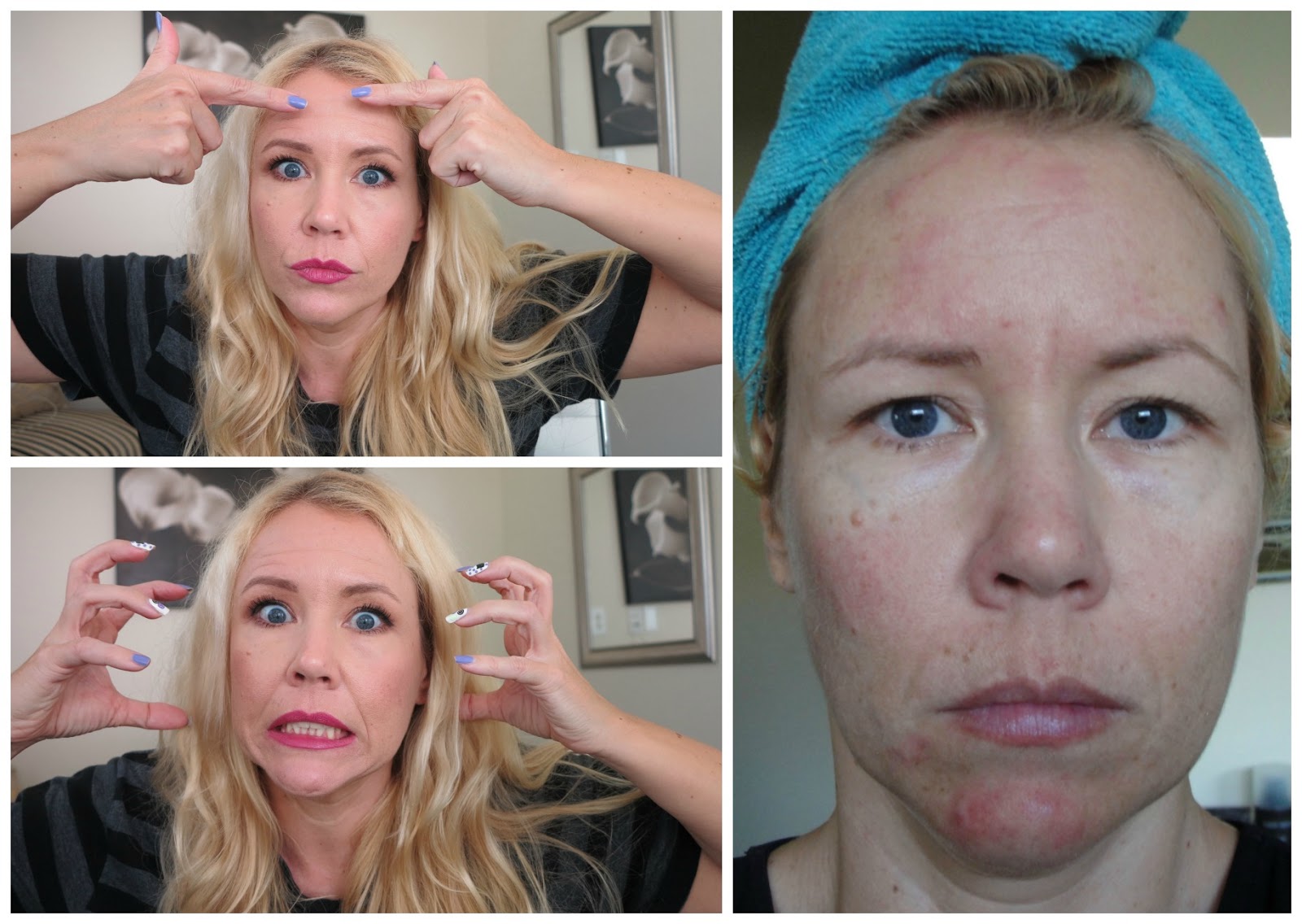
There are many causes of dermatillomania, but some of the most common are:
Anxiety or Depression
People with dermatillomania may be more likely to suffer from anxiety or depression. It’s not clear why this is, but it may be because skin picking offers a sense of relief or control. This cause is especially common in people who have had the disorder for a long time. Sometimes people with dermatillomania will self-medicate with drugs or alcohol in an attempt to relieve the anxiety caused by skin picking.
Stress or Boredom
Many people pick their skin when they’re stressed or bored. This may be a way of coping with difficult emotions or feelings of emptiness. It also can be a way to relieve boredom or pass the time.
Obsessive-Compulsive Disorder (OCD)
Sometimes people may consider this as a type of obsessive-compulsive disorder. OCD is a mental health condition where people have intrusive thoughts and feel the need to perform certain rituals or behaviors to relieve the anxiety caused by those thoughts.
Negative Emotions
There are some people who pick their skin as a way to express negative emotions like anger, frustration, or sadness. They may feel like they can’t control these emotions, so they turn to skin picking as a way to release them. It can be a way to feel in control of their life.
Skin Conditions
This is not a cause of dermatillomania, but it can be a trigger. People with dermatillomania may start picking their skin if they have a skin condition like acne, eczema, or psoriasis. These conditions can be itchy, sore, or embarrassing and lead to skin picking as a way to relieve the discomfort.
Trauma or Abuse
This is one of the less common causes of dermatillomania, but it can be a factor. People who have experienced physical or emotional abuse may start picking their skin as a way to deal with the pain and trauma. They may feel like they have no control over what happened to them and skin picking offers them a sense of power.
Diagnosis of Dermatillomania
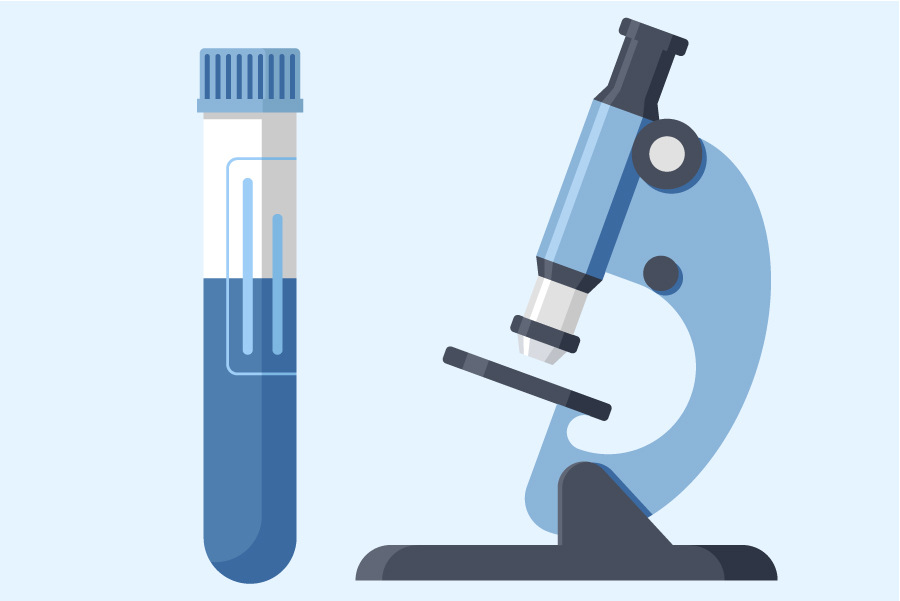
There are many methods of diagnosis for dermatillomania, but the most common is a clinical interview. This involves talking to the person about their symptoms and how long they’ve been happening. The doctor may also ask about other mental health conditions that may be present.
Sometimes a person will be referred to a mental health specialist for further evaluation. This may involve taking a questionnaire or completing a task like skin picking in front of the doctor.
There are no blood tests or scans that can diagnose dermatillomania.
There can be some methods to self-diagnose as well by looking for common symptoms and causes.
This can be some questionnaires to help diagnose, such as the Skin Picking Impact Scale (SPIS), which is a tool used by clinicians to measure the severity of skin picking.
These questionnaires are such as:
Dermatillomania Severity Scale (DSS)
This questionnaire asks about the frequency and severity of skin picking behaviors. This is used to help determine the severity of the disorder.
Dermatillomania Test for Adults (DTA)
This questionnaire is designed to help adults self-evaluate their skin-picking symptoms. It asks about how often certain behaviors occur, how much distress they cause and whether they’ve ever injured themselves as a result of skin picking.
Dermatillomania Test (DTT)
This questionnaire asks about the psychological factors that may be associated with skin picking. Sometimes people pick their skin because it makes them feel good, for example. This questionnaire asks about things like mood, anxiety, and stress levels.
Skin Picking Questionnaire (SPQ)
This questionnaire asks about the physical and psychological effects of skin picking. It also asks about how often and why people pick their skin. This method is used to measure the severity of dermatillomania.
Skin Picking Impacts Scale
There is also a questionnaire called The Skin Picking Impact Scale (SPIS), which is a tool used by clinicians to measure the severity of skin picking. This questionnaire asks about how much distress skin picking causes and whether it interferes with daily life.
Obsessive-Compulsive Spectrum Inventory (OCSI)
This questionnaire asks about the symptoms of OCD and how they relate to skin picking. This questionnaire consists of 61 questions and takes about 20 minutes to complete.
Treatment For Dermatillomania
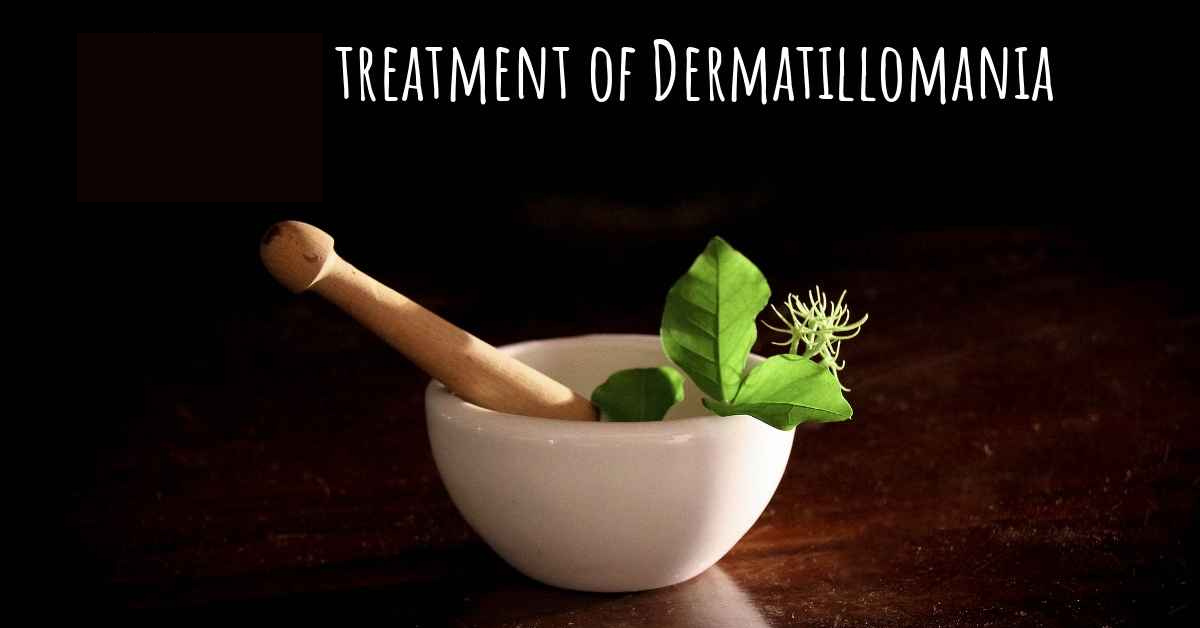
There are many types of treatment for dermatillomania. These treatments also depend on the severity of the condition.
Some people may only need therapy, while others may require medication as well.
Medications
This method is used if the person has a co-occurring mental health condition like OCD or anxiety. Sometimes these medications can help to decrease the urge to pick skin. Some of the medications are:
•Clomipramine (Anafranil)
This is a tricyclic antidepressant that helps to decrease the symptoms of OCD.
•Fluoxetine (Prozac)
This is a selective serotonin reuptake inhibitor (SSRI) and it helps to increase the amount of serotonin in the brain. This can help to decrease the symptoms of OCD and anxiety.
•Sertraline (Zoloft)
This is another SSRI that helps to increase serotonin levels in the brain. It’s used to treat a variety of mental health conditions, including OCD and anxiety.
Therapy
 This is the most common treatment for dermatillomania. This type of therapy may involve cognitive-behavioral therapy (CBT) or dialectical behavior therapy (DBT).
This is the most common treatment for dermatillomania. This type of therapy may involve cognitive-behavioral therapy (CBT) or dialectical behavior therapy (DBT).
In CBT, the therapist will help the person learn about their thoughts and behaviors and how they relate to skin picking. The therapist will also teach them ways to manage difficult emotions and situations without resorting to skin picking.
DBT is a type of therapy that focuses on helping people regulate their emotions. It can be helpful for people with dermatillomania who have difficulty managing their emotions.
This therapy involves gradually exposing the person to the things that make them anxious. This is often used for people with phobias.
This therapy uses suggestion and relaxation techniques to help change thoughts and behaviors.
Support Groups
There are also support groups available for people with dermatillomania. These support groups can be helpful for sharing tips and tricks on how to manage the disorder.
Self-Help Books
There are also self-help books available for people with dermatillomania. These books can be helpful for learning about the condition and finding ways to manage it.
Online Resources
There are many online resources available for people with dermatillomania. These resources can be helpful for finding information about the condition and connecting with others who have it.
Education
It’s important for people with dermatillomania to learn about their condition. This can help them understand why they pick their skin and how to manage it.
Self-Care
People with dermatillomania should also practice self-care. This includes things like getting enough sleep, eating a healthy diet, and exercising regularly. Sometimes self-care can be helpful for managing dermatillomania.
Conclusion
In conclusion, dermatillomania is a condition that involves skin picking. There are many different types of treatment available for it, depending on the severity of the condition. It’s important for people with dermatillomania to learn about their condition and practice self-care. This condition can be managed with the help of a therapist and/or medication. There are also many online resources available for people with dermatillomania. There can also be other co-occurring conditions, such as OCD or anxiety. So it is very important to manage all conditions together.
A Word From Therapy Mantra
Your mental health — Your psychological, emotional, and social well-being — has an impact on every aspect of your life. Positive mental health essentially allows you to effectively deal with life’s everyday challenges.
At TherapyMantra, we have a team of therapists who provide affordable online therapy to assist you with issues such as depression, anxiety, stress, workplace Issues, addiction, relationship, OCD, LGBTQ, and PTSD. You can book a free therapy or download our free Android or iOS app.
